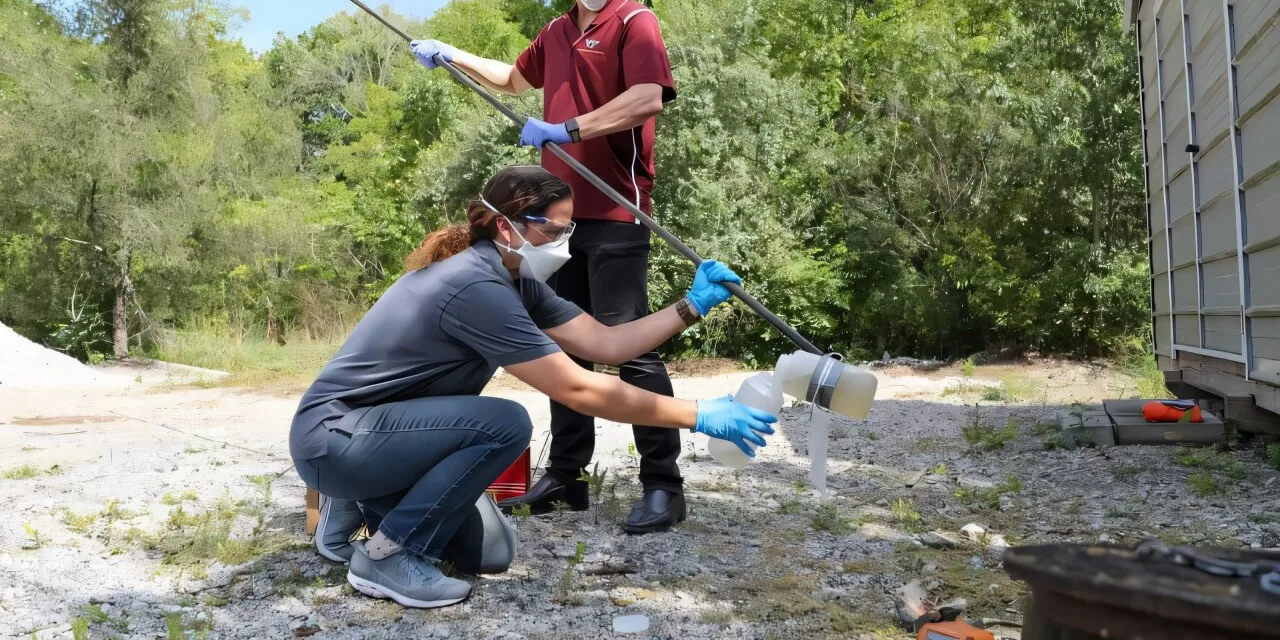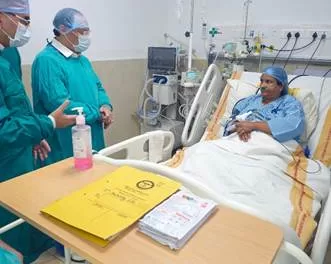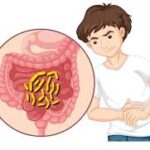In a groundbreaking approach to combating waterborne diseases and antimicrobial resistance, researchers are turning to sewage surveillance, finding it more effective and far-reaching than traditional individual testing. A recent study, published in Nature Water, highlights this innovative method as a means to detect and manage antimicrobial resistance, which poses significant public health challenges, particularly in low-income and rural areas.
Waterborne diseases like legionella and shigella affect over 7 million Americans annually, costing the U.S. healthcare system an estimated $3 billion, according to the Centers for Disease Control and Prevention. The spread of these diseases is not uniform across the population; lower-income and rural communities tend to face a heavier burden. Antimicrobial-resistant infections—those resilient against common antibiotics—are especially difficult to treat and track, necessitating advanced methods for monitoring.
The team, including Virginia Tech experts such as Dr. Leigh-Anne Krometis in biological systems engineering, and Drs. Alasdair Cohen and Julia Gohlke in population health sciences, is pioneering this surveillance approach, focusing particularly on underserved communities. “Our efforts are rooted in addressing disparities,” said Dr. Krometis. “Sewage surveillance helps us understand not only the spread of resistance but also its connection to socioeconomic factors, which often fuel the issue.”
The study analyzed a comprehensive dataset, including 275 human fecal samples from 23 countries and 234 urban sewage samples from 62 countries. Researchers combined these samples with socioeconomic data from the World Bank to uncover a clear link between antimicrobial resistance and factors such as healthcare quality, governance, and income levels. Findings indicate that antibiotic resistance gene levels correlate significantly with socioeconomic indicators, and the variation in resistance within individual countries was lower than the variation between countries.
Using machine learning, the team explored the abundance of resistance genes relative to socioeconomic conditions, uncovering correlations that can guide targeted public health responses. Dr. Marc Edwards, a lead researcher on the project, noted, “This method gives a more accurate picture of resistance trends, allowing us to identify hotspots of resistance that may be overlooked in individual testing.”
The National Science Foundation Research Traineeship is also supporting these efforts, aligning with Virginia Tech’s Fralin Life Sciences Institute’s mission to deploy technology for environmental surveillance and control. The ongoing research points to sewage surveillance as a critical tool in not only identifying but also curbing the spread of antimicrobial resistance, with promising implications for public health.
Dr. Suraj Gupta, lead author of the study, explained, “This approach is an exciting advancement in the field of environmental health. By focusing on community-level data, we can capture the broader picture of antimicrobial resistance and work towards solutions that benefit everyone, especially those in vulnerable regions.”
The findings suggest that sewage surveillance could be a game-changer for health policy, offering a more inclusive, data-driven method to address a pressing global health threat. By providing insights into the socioeconomic drivers of resistance, this work enables policymakers to allocate resources more effectively, potentially reducing the burden of antimicrobial resistance for communities around the world.









